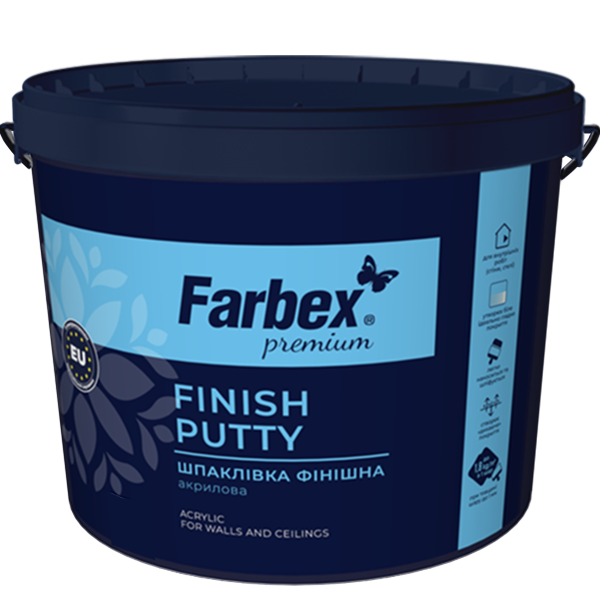Putty
Putty for wood is an important element in the process of wall renovation and allows creating a homogeneous and smooth surface, which is ideal for paint. Correct applying of putty helps you to avoid many problems with the wall surface and provides its durability.
There are various types of putty, which differ according its content and purpose.
Gypsum putty
Gypsum putty is one of the most widely used types. It is made on the basis of gypsum, which is diluted in water. This putty is intended for treating the walls and ceilings indoors and also for decorative works.
Cement putty
Cement putty contains cement and sandy mixture in its content. It is often used for exterior works like plastering the walls, as it is harder and resistant to moisture and environment.
Acrylic putty
Acrylic putty is made on the basis of acrylic resins and water. It is a universal product and can be used for interior and exterior works. It has a high resistance to moisture and temperature fluctuation.
How to choose a quality putty?
When you choose a putty it is important to pay attention to these factors:
- Type of putty (starting, finishing, acrylic, silicone, etc.);
- Purpose (for a bathroom, a kitchen, a bedroom, a baby room, etc.);
- Thickness of coat, which will be applied;
- A manufacturer and his reputation in the market;
- Reviews from other customers.
What are the advantages of using the putty on the walls?
Using a putty for walls has the following advantages:
- It allows to fill in all cracks and hollows on the walls, thus providing to the surface smoothness and evenness;
- It allows creating the surface, which is ideal for paint application;
- It is easy to apply and requires no special skills;
